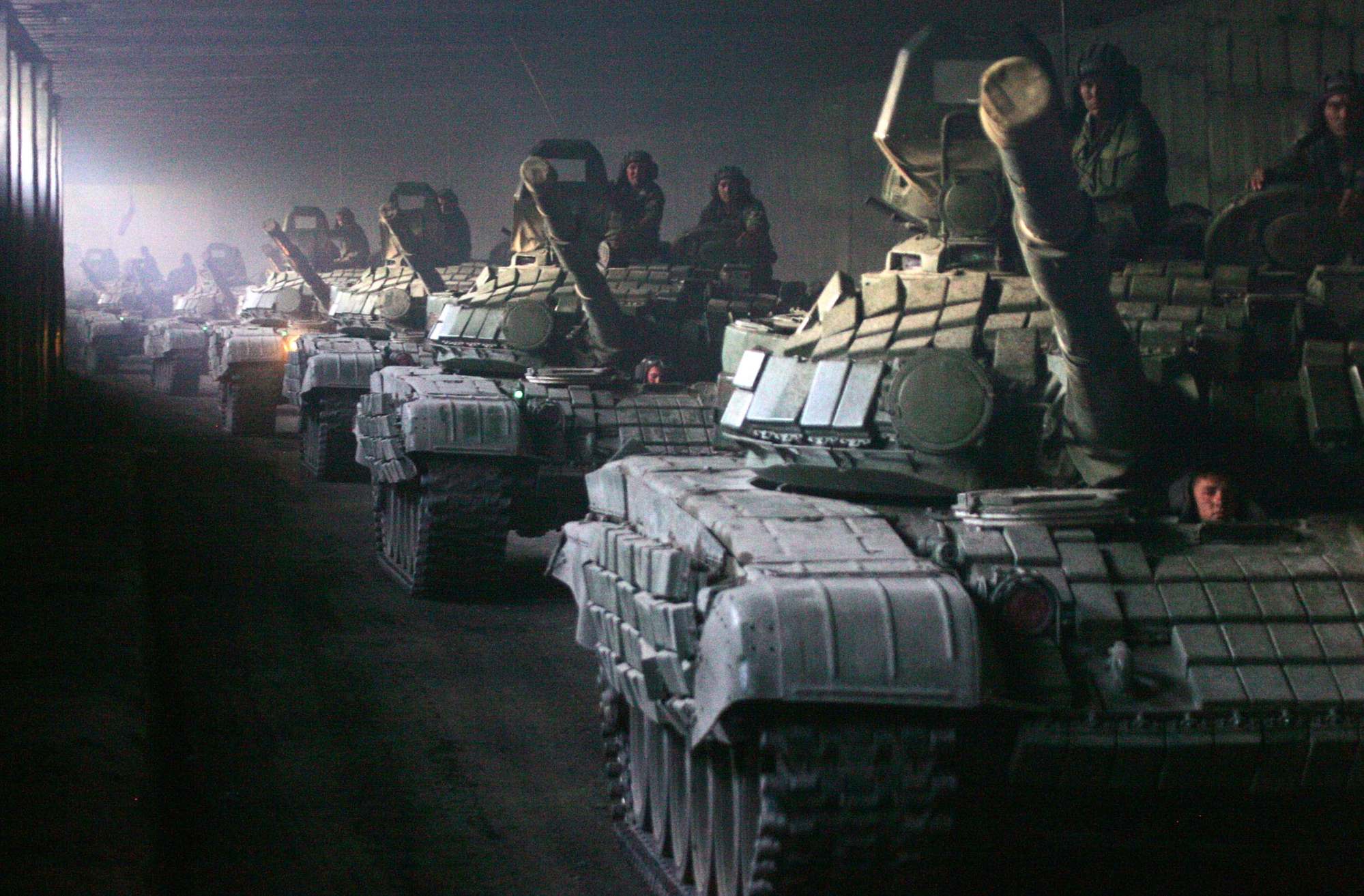
Belt and road: can China and Russia extend their Central Asian coexistence to the South Caucasus?
- The geopolitics of the South Caucasus makes it harder for Beijing and Moscow to share space there compared with in Central Asia
- Russia lacks a strategic motive to support the expansion of China’s presence in former Soviet regions if it does not help in its rivalry with the West
At first glance, it would seem so. China’s interests in the South Caucasus, just as in Central Asia, are oriented on the belt and road – the South Caucasus can be China’s shortest east-west route to Europe – and focused on business.
However, the geopolitics of the South Caucasus makes it harder for Beijing and Moscow to share space there, compared with in Central Asia.
With regard to maintaining Eurasian hegemony, geography makes the South Caucasus a more sensitive region for Russia than Central Asia. Azerbaijan, Georgia and Armenia have far more geographical access to non-Russian lands than Central Asian countries do.
Russia and Turkey want to be great again. Asia should be worried
Thus, unlike their Central Asian counterparts, they have been able to forge lasting economic bonds with other, non-Russian, powers. Moreover, it is usually Russia’s Western rivals that run the South Caucasus’ prime integration schemes, such as the European Union’s Eastern Partnership.
In this context, Moscow might feel uneasy at the prospect of the South Caucasus serving as a hub for Chinese-EU trade via the belt and road.
Nevertheless, it is important to note that Russia is more politically, financially and economically reliant on China than before, owing to the West’s unprecedented sanctions campaign against Russia following its invasion of Ukraine in February. It is unlikely to openly oppose Chinese proposals for projects in the South Caucasus, or anywhere else for that matter.
Beijing should be wary of a China-dependent Russia on its hands
In this context, China can be expected to avoid challenging Russia’s strategic goal of controlling the South Caucasus. The 2020 Russian-brokered ceasefire between Azerbaijan and Armenia, which gave the role of guarding key post-war transport routes between the two adversaries to Russian border guards, is a prime example of this goal.

To China, this situation makes the South Caucasus more of a minefield than a region eagerly awaiting its integration into the Belt and Road Initiative.
It is a toss-up whether Beijing’s best approach to the region is to lie low or leverage its trade and financial importance to Moscow to diplomatically engage it on the South Caucasus and probe for signs of Russian flexibility. For now, considerable uncertainty remains with regard to how Chinese and Russian interests will mix in the South Caucasus.
Agha Hussain is an independent geopolitical analyst in Rawalpindi with a special focus on Eurasian affairs

